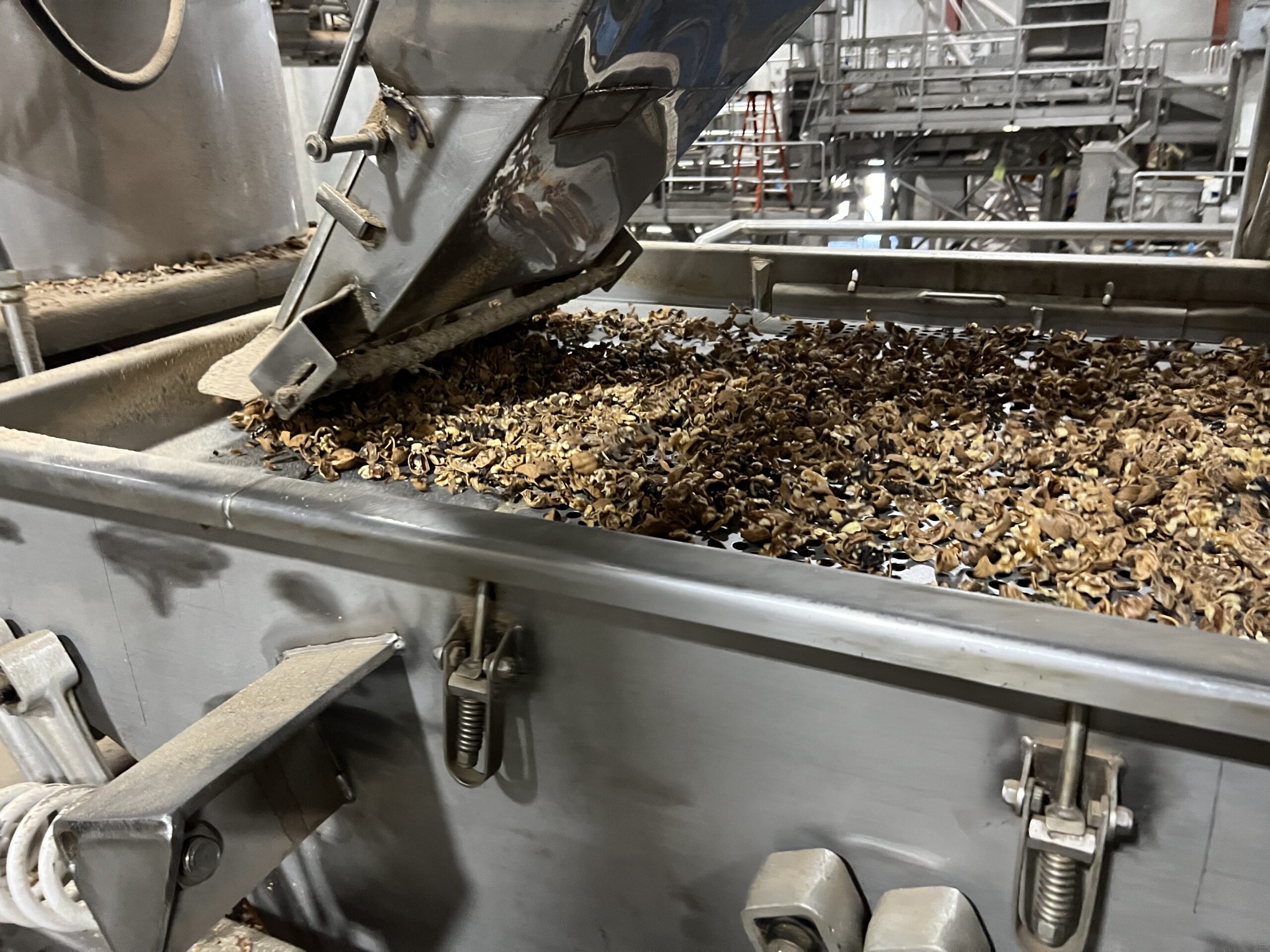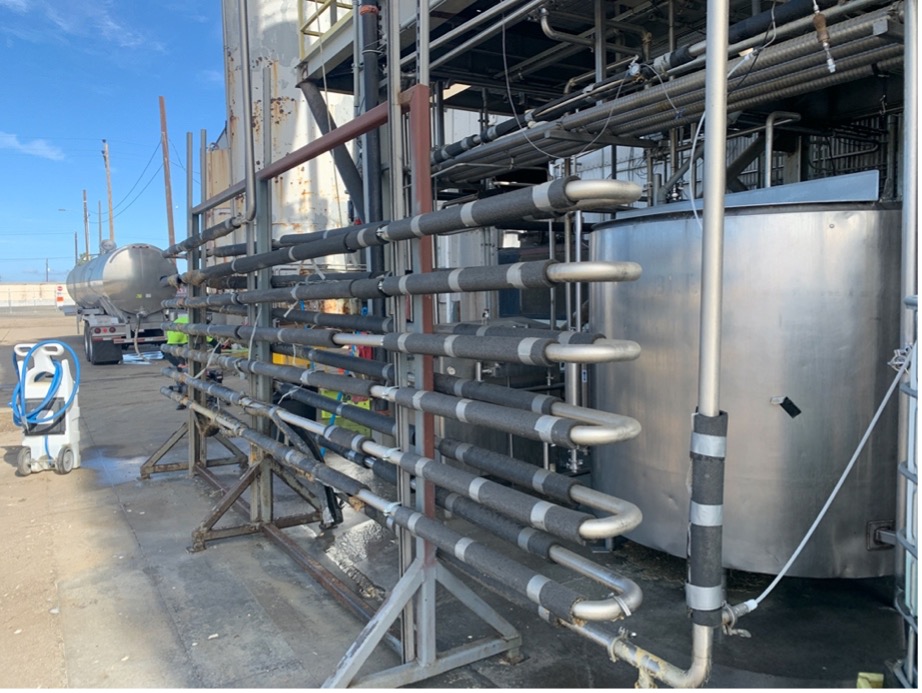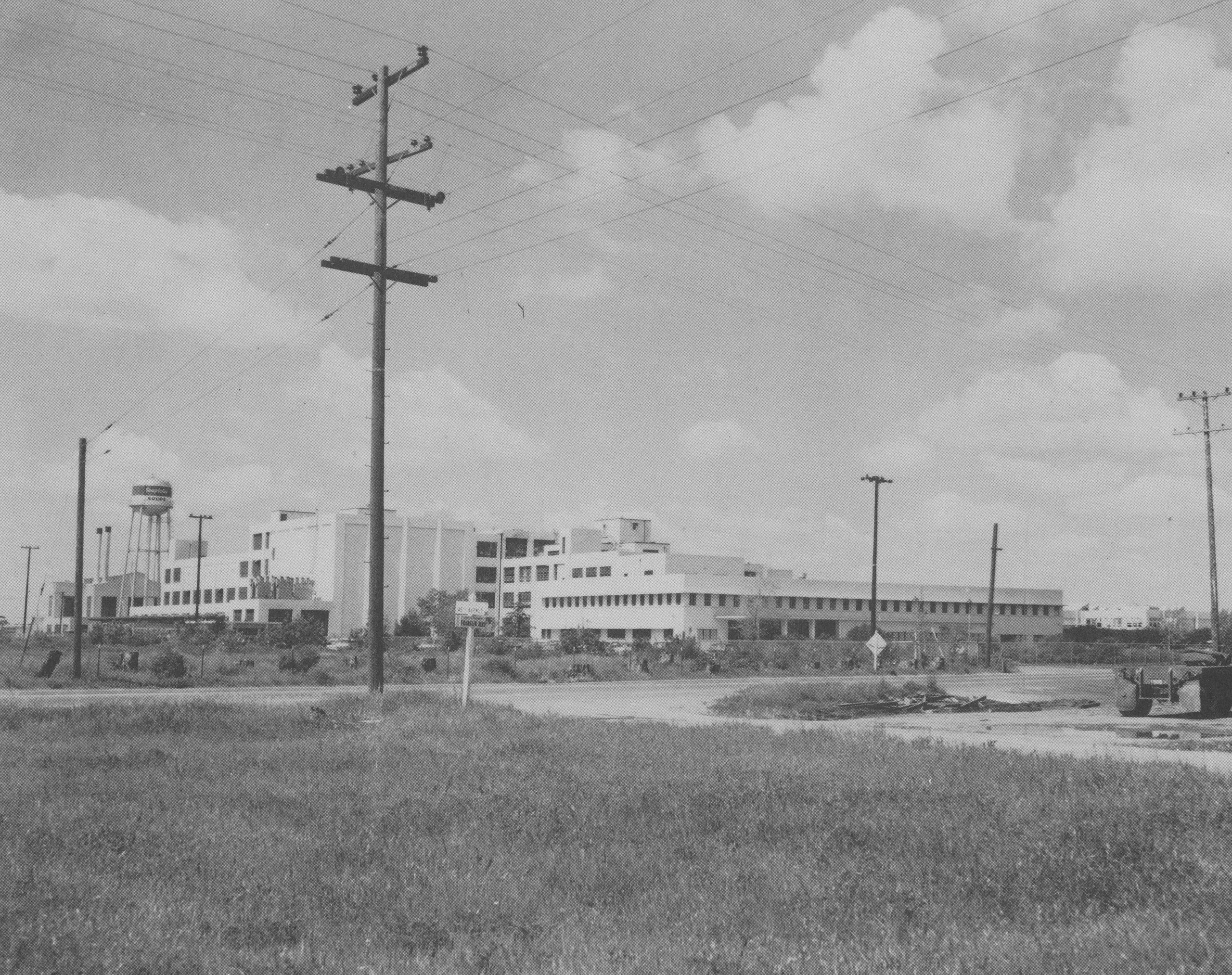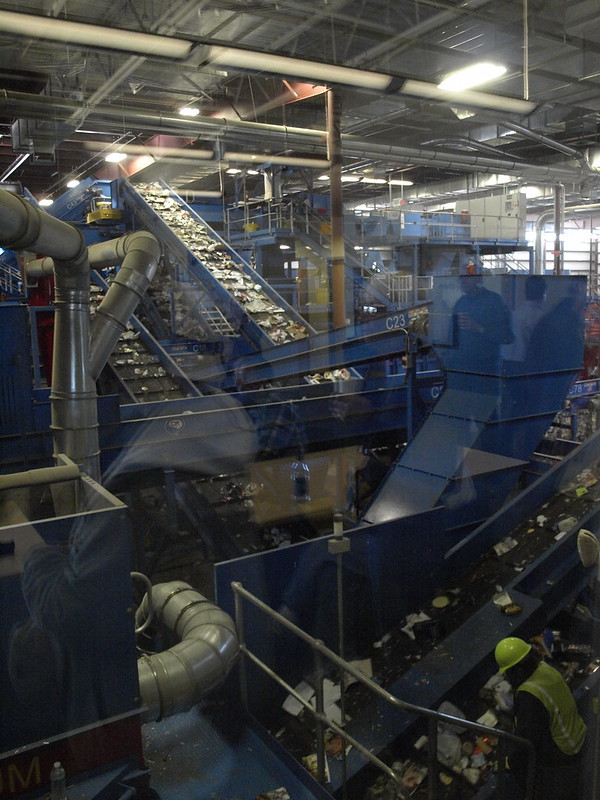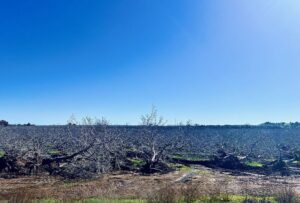
These current low values are mostly due to two intertwined factors: the historically low market prices of walnuts over the past few years and the closure of many walnut processors, with others experiencing financial difficulties. Not hard to understand how these two factors contribute to the greatly depressed market for walnut processing equipment.
As part of our valuation process, we research and analysis current market conditions and we investigate the overall industry process. We briefly discussed nut harvesters in a popular post on orchard and vineyard specialty equipment, and you may remember our article on raisin harvesting, inspired by a visit to the 2012 State Fair. Today’s article presents a similar overview of California’s walnut industry.
Multi-generational orchards and handling facilities
Most of our walnut valuation clients are multi-generational California walnut families, either producers with extensive orchard acreage, or handlers/processors who in addition to growing their own walnuts, also manage the output for many other walnut ranchers. Many of California’s walnut processors have invested in high efficiency, state-of-the art processing and packaging equipment for bulk and retail sales and provide walnuts in a variety of configurations nationwide and to major international markets such as Europe, Asia, India, South America, the Mediterranean and Australia.
Declining walnut prices
The steep decline in California walnut prices began in 2019, reaching historic lows in 2022 before a modest rebound in 2023. In 2019, growers received about $1,890 per ton on average for walnuts. Prices fell to $1,200/ton in 2020 and $1,450/ton in 2021, then plummeted to the 2022 season-average grower price of (around $0.30/lb). As the lowest price in nearly two decades, it was also well below the growers’ production costs. By 2023, the average price ticked up to about $840 per ton (≈$0.42/lb), a 40% increase from the prior year’s bottom.
2024 Walnut Objective Measurement Survey
The 2024 Walnut Objective Measurement Survey, released September 4, 2024, revealed that low chilling hours, and severe weather challenges limited the crop’s quality and yield.
California walnut production was expected to drop 19% in 2024, with the USDA forecasting 670,000 tons, down from the historic high of 824,000 tons in 2023.
This decline reflects both a 4% reduction in bearing acreage, now at 370,000 acres, and a 24% decrease in nut set per tree, which averaged 761, compared to 1,004 last year.
Robert Verloop, executive director and CEO of the California Walnut Board and Commission — representing more than 4,600 California multi-generational family-orchard walnut growers and nearly 70 handlers — stated that “preliminary data indicates that the 2023 crop is virtually sold out” and that “the carry in and new 2024 crop volumes are very manageable, providing improved seller and buyer confidence and stable markets.”
As of December 31, 2024, official crop acquisitions reported by handlers totaled 598,221 tons.
Walnut processors experiencing financial difficulties
Many walnut processors in California are facing financial challenges. The complete list of closed walnut processors is too long to list here; a few important examples are Andersen & Sons (Vina CA) placed into receivership on August 8, 2024; Mid Valley Nut (Hughson CA) filed bankruptcy in November of the same year; Chico Nut (Chico CA) shut its Chico facility in mid-2023; and Haleakala Walnut Shelling Inc. (Gerber CA) discontinued walnut processing after the 2021 season and was on the market for over 2 years before finding a buyer.
Tariff questions
A current concern is how the new tariffs will influence walnut profits, along with all of California’s agriculture. One article quotes a grower who reminds us that
For all tree nuts, so much goes overseas — 65%, 70%, sometimes as much as 75% — anything that disrupts that movement is going to have an adverse effect. We saw it the last time we had these tariffs put in place in China.
In December 2024, ag experts at UC Davis’ Giannini Foundation said a new trade war could wipe out a quarter of California’s agricultural exports, costing the state $6 billion annually.
At this point, of course, credible values will not include speculation. There’s enough going on in current, verifiable market conditions to support agricultural equipment valuations in any area.
California walnut orchards
The first California walnut orchard is believed to have been planted in San Diego County in 1843. At that time, and for many decades, walnuts were thought to thrive only in southern coastal climates. However, by the early 1900s, orchards spread to California’s Central Valley. California’s walnut industry, which now produces 99% of walnuts grown for consumption, is based on the species Juglans regia, commonly known as Persian or English walnut.
Walnut trees start as grafted transplants, usually an English walnut variety on a root stock system such as a California black walnut, which is hardier and more resistant to pest infestations. Once planted, a walnut tree waits five to seven years to begin producing nuts that can be harvested. The average life span of a walnut orchard in California is about 35 years.
Climate in walnut production
Climate variation is considered one of the most critical inputs in growing walnut trees since it can profoundly impact the harvest size. The English walnut thrives in a moderate, temperate climate and has limited tolerance to low temperatures in winter. Early fall frosts or severe winter freezing can kill entire branches and result in substantial damage, while late spring frosts can reduce fruit set by damaging flowers or young nuts.
Specialized orchard equipment
In addition to being the center of walnut production in the US, the central valley of California is also — as might be expected — the manufacturing center for orchard equipment in the US. Local manufacturers of specialty orchard equipment focus on orchard shakers, sweepers, harvesters, material handlers, shredders and sprayers.
Nut crops are harvested with multiple pieces of equipment. A shaker shakes the crop directly onto the ground; a sweeper sweeps the nuts into rows; a harvester collects the crop from the ground, separating the nuts from non-crop debris picked up in the process.
The crop is then transferred from the harvester to nut carts which are pulled by tractors to the shipping point, usually a truck and set of flatbed trailers located in the orchard being harvested. An elevator transfers the nuts from the nut cart to these trailers.
Most orchards also use general purpose agricultural equipment such as tractors, sprayers, and tillage equipment.
Walnut growing cycle
Walnut orchards are typically arranged in one of two planting. Traditionally walnuts have been planted in widely spaced orchards that allow the tree canopy to expand and fill its allotted space. More recently, however, the trees are planted closer together (hedgerow design), which yields earlier returns because the increased number of trees has a larger early combined canopy and yield. Once a walnut sapling is planted, it takes 5-7 years before that tree is ready to be harvested.
Much of the following information about the walnut growing cycle is sourced from an FDA/UC Davis Walnut Publication.
Spring wind pollination
In California, walnut blossom generally emerge from April through early May. Walnut trees have separate male and female flowers. Unlike other nut and fruit trees that require honeybee pollination, walnuts can be efficiently pollinated by wind. Orchards are generally planted with at least two cultivars that have overlapping pollen dispersal and female flower receptivity.
Effective irrigation
Properly pollinated, the blossoms transform into walnuts and the nuts grow and develop for approximately four months through the summer. During this time tree are irrigated. Since the California drought in the early 2000’s most orchards are now irrigated with water saving drip or micro-sprinkler irrigation systems. The use of aluminum pipe to irrigate orchards is becoming rare as it is labor intensive and not as efficient as drip or micro-sprinklers.
Fall harvesting
The harvest season for walnut farmers is from mid-September through November. The harvest begins when the green hulls begin to split and nuts drop to the ground. In preparation for harvest, walnut growers remove weeds and smooth the ground in the rows between the trees.
Mechanical tree shakers vigorously shake the trees, flinging walnuts to the ground, where specialized sweeper equipment sweeps the nuts into rows. A harvester then collects the nuts from the group and transfers them into waiting nut carts, which transport them to a processing facility.
Processing and packaging
Processing and packaging begin with husk removal and drying At the facility, the walnuts’ green husk is removed with wet scrubbers and the nuts, still in the shell, are shifted into a drying facility for up to 24-hours of drying time to remove as much moisture as possible.
Once the walnuts are clean and dry, they can be stored until demand requires processing and packaging. The walnuts are brought to market through various processing and packaging methods, which vary depending on the desired final product.
Walnut shells
Far from being waste material, walnut shells, which weigh about 50% of the whole nut, are used in a variety of industries, usually ground into particle sizes that range from quarter-inch chunks to fine dust. These ground shells are used for mulch, cosmetic exfoliators, fillers, cleaning and blasting media or electrical energy production.
Market conditions in valuing specialty walnut processing equipment
Often when valuing walnut processing equipment, I’m inspecting relatively new highly specialized state of the art equipment. This equipment, partially due to high installation costs, is rarely traded in the marketplace. Without the reliable sales transaction data that’s necessary for the sales comparison approach, valuation needs to rely on the cost approach.
The challenge with cost approach is to properly account for installation costs and to accurately calculate all forms of obsolescence. One of my favorite parts of the appraisal process is interviewing and collecting information from manufactures and vendors of these specialty Subject Assets. These experienced and knowledgeable experts provide critical information I use to determine functional obsolescence and economic obsolescence and to verify that I’ve concluded an opinion of value that reflects market conditions and the behavior of a typical market participant.
This is especially important in light of the on-going low values of walnut processing equipment that are attributable not to the equipment itself but to exterior concerns, aka economic obsolescence that in this case includes the historically low market prices of walnuts over the past few years and the closure of numerous California walnut processors, with others experiencing financial difficulties.
Jack Young, ASA—MTS/ARM, CPA
NorCal Valuation Inc.
